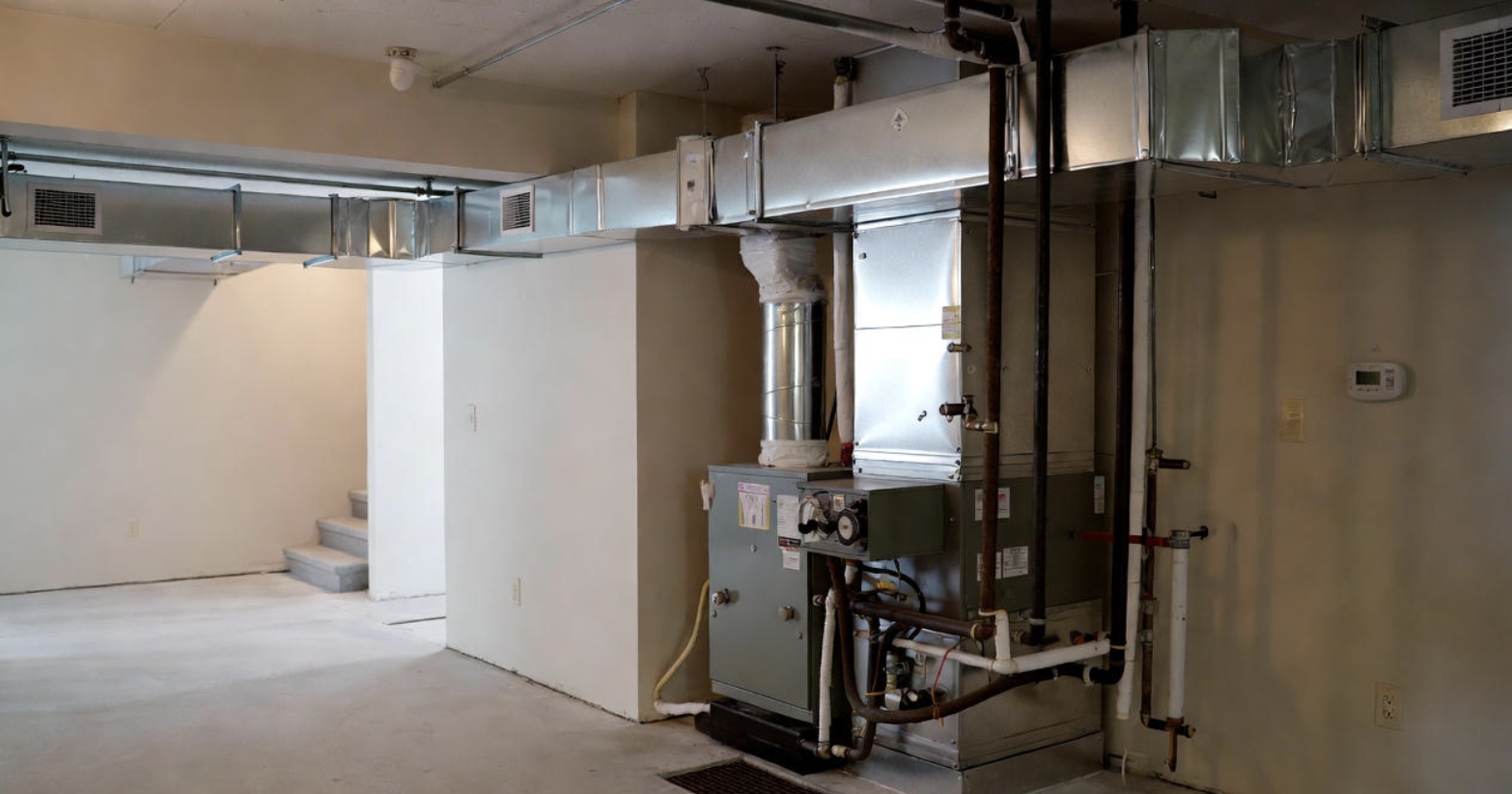Utah homeowners understand that a house isn’t just a place to live, it’s a long-term investment shaped by climate, upkeep and presentation. The way a property looks from the outside often influences how buyers feel before they ever step through the door.
People often step into a home and feel an instant pull, as if the space already understands them. That reaction shows up frequently in Austin because its neighborhoods mix historic charm, creative energy, and a lively lifestyle that encourages quick emotional decisions. Buyers in a city like Austin want places that match their rhythms, and they respond strongly when a property reflects the city’s warm character, friendly culture, and practical convenience. They sense comfort, possibility, and a future that fits their goals. Those early impressions guide most choices, and the reasons behind them reveal how people connect emotionally with a home from the very first moment.
1. First Impressions Shape Fast Attachments
A home creates its strongest effect within seconds, and people rely on those early signals more than they realize. They scan the entryway, lighting, colors, and overall feel to decide if the environment supports their lifestyle. Warmth, clarity, and flow convince them that the home welcomes them, while clutter or awkward layouts push them away quickly. This instant reaction draws from personal experiences and expectations, so each person’s response differs. When a place aligns with their needs right away, they connect immediately and feel ready to imagine real moments unfolding inside those walls.
2. Local Character Influences Emotional Decisions
Homes that reflect their region create stronger bonds because people respond to a sense of connection with the community around them. Buyers in Austin notice architectural choices, outdoor living potential, and neighborhood energy, and those elements shape their feelings quickly. It’s no surprise then that many owners also consider selling a house as is in Austin when they want faster transitions or simpler solutions. The connection between a property and its surroundings encourages buyers to picture how they will live, socialize, and grow, and that emotional link forms the foundation for immediate attraction.
3. Lighting and Space Trigger Immediate Comfort
Natural light, open areas, and balanced proportions guide people toward positive reactions the moment they enter a home. They look for spaces that let them breathe, move easily, and feel grounded. Bright rooms signal possibilities and relaxation, while dim or cramped areas create tension. When every room supports easy flow, buyers feel comfortable exploring and imagining their daily routines. They want a layout that supports hosting friends, enjoying quiet evenings, or accomplishing personal goals. The right mix of brightness and openness encourages that sense of calm and confidence that leads to instant appreciation.
4. Personal Memories Shape How Buyers Respond
People react to homes based on familiar details that trigger meaningful memories. A kitchen layout may remind them of family gatherings, or a cozy corner may echo a childhood reading spot. These subtle moments guide desire far more than strict logic, because emotional recognition carries strong influence. Buyers look for spaces that remind them of comfort, security, and belonging. When a home offers those sensory cues, they feel pulled toward it automatically. This dynamic explains why two people can view the same property and reach opposite conclusions, each shaped by their own history.
5. Style and Personality Create Instant Connections
Homes with clear identity attract quicker admiration because people like spaces that express a consistent message. Thoughtful design choices, balanced décor, and visually pleasing details show intention and care. Buyers react positively to rooms that feel complete without feeling forced, and they value spaces that highlight authenticity rather than trends. They want homes that show character without overwhelming them, allowing their own style to blend naturally. When a property communicates personality through calm colors, appealing textures, or meaningful accents, people sense harmony and feel drawn to the space from the start.
6. Sensory Details Strengthen Emotional Reactions
People connect with homes through subtle sensory cues that influence their emotions instantly. The aroma of clean air, the sound of quiet surroundings, and the gentle feel of comfortable materials guide their responses more than they realize. Every sensation adds to the impression of calm, safety, and livability. Buyers want rooms that feel refreshing, hallways that sound peaceful, and surfaces that feel pleasant to the touch. When those elements work together, the experience becomes memorable. Sensory harmony encourages people to picture morning routines, relaxing evenings, and joyful gatherings, and that clarity strengthens their attraction to a property.
7. Flow and Function Support Immediate Confidence
A layout that supports everyday movement reassures buyers that the home will simplify their lives. People look for spaces that transition smoothly from one activity to another without confusion or obstruction. They want kitchens that connect comfortably to dining areas, bedrooms that feel private, and living rooms that encourage both conversation and relaxation. Functional flow builds confidence because it shows that the home can handle real daily demands. When buyers notice thoughtful organization and intuitive design, they feel sure of the property’s long-term value. That clarity allows them to bond with the space quickly and enthusiastically.
8. Emotional Storytelling Enhances How Buyers Imagine Life There
People fall in love with homes that help them picture meaningful moments. A well-presented space sparks imagination and turns empty rooms into scenes from a future life. They might envision holidays around a dining table, weekend breakfasts in a sunlit nook, or peaceful evenings on a comfortable sofa. Sellers often highlight subtle lifestyle cues, such as tidy shelves, warm lighting, or simple décor that signals possibility. When buyers sense a story unfolding around them, they begin to feel as though the home already supports their dreams. That vision fuels attachment and shapes their decisions.
People fall in love with certain homes quickly because those spaces speak to their emotions, memories, senses, and goals. Every detail—from flow and function to light, texture, and personality—guides how buyers see their future. When a home helps them picture a life that feels comfortable, meaningful, and enjoyable, their attachment forms instantly. That emotional spark drives decisions more than logic, and it explains why one property captures their attention while others fade from memory. Homes that create clarity, comfort, and connection earn love at first sight, and that response often leads to confident offers and lasting satisfaction.










